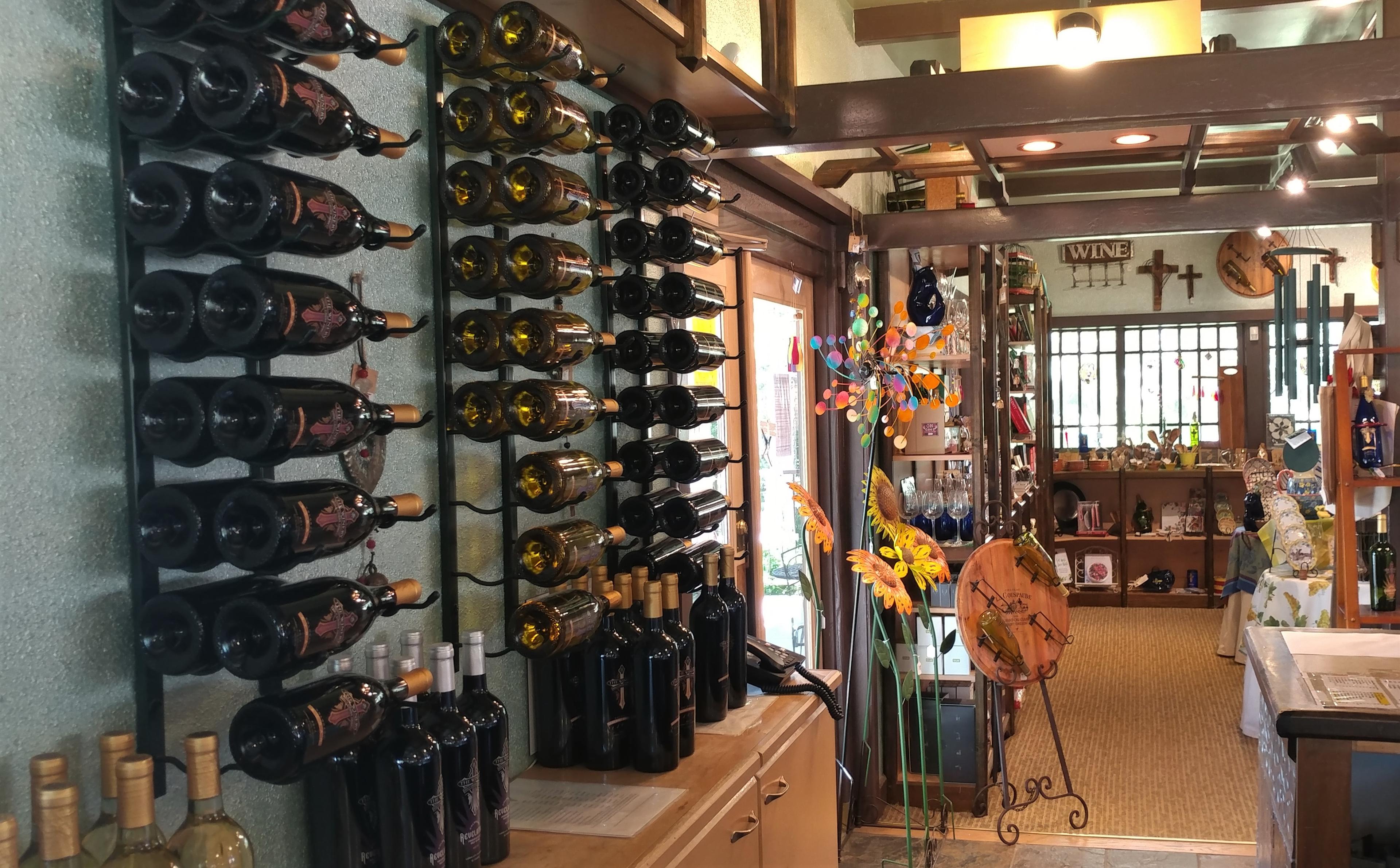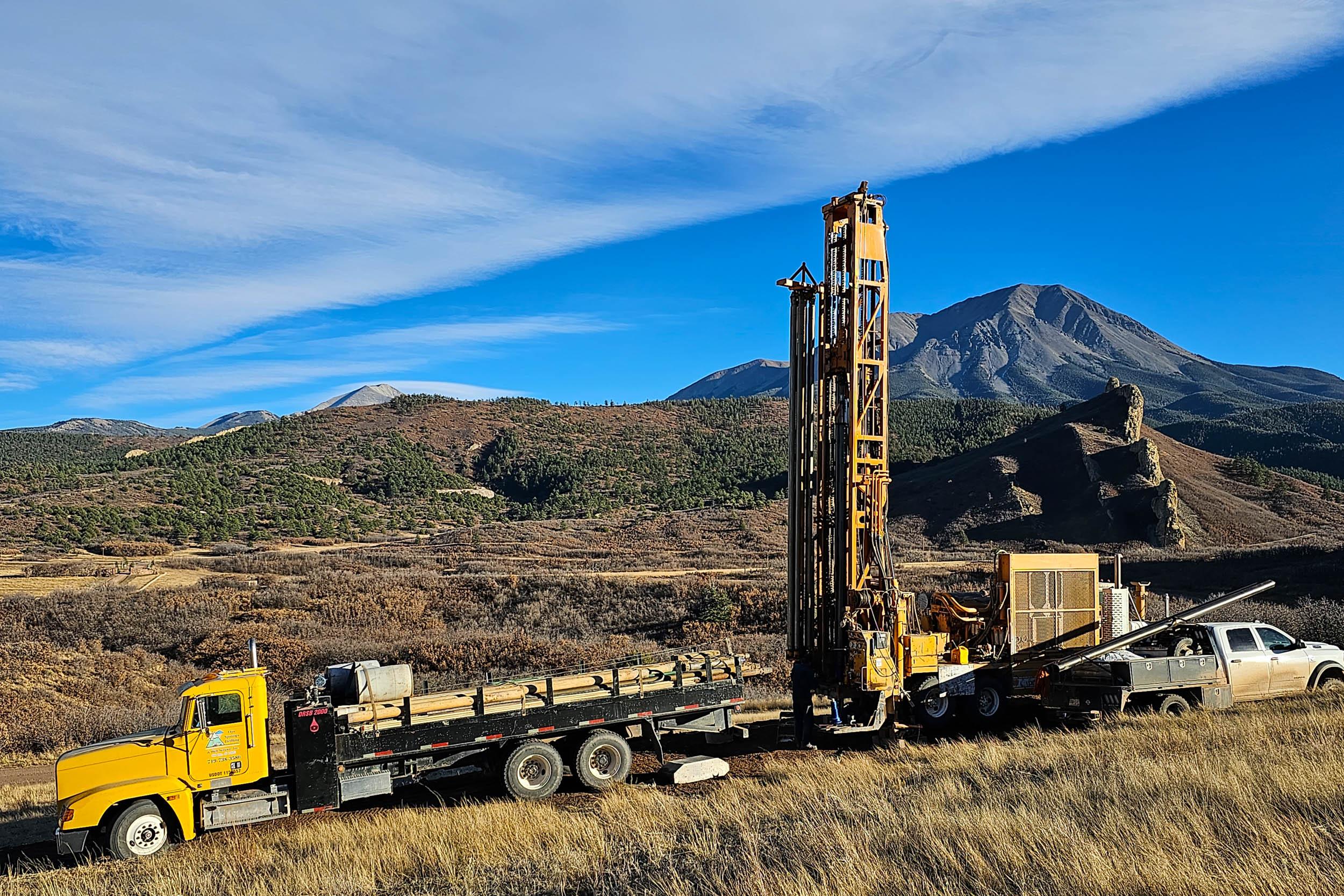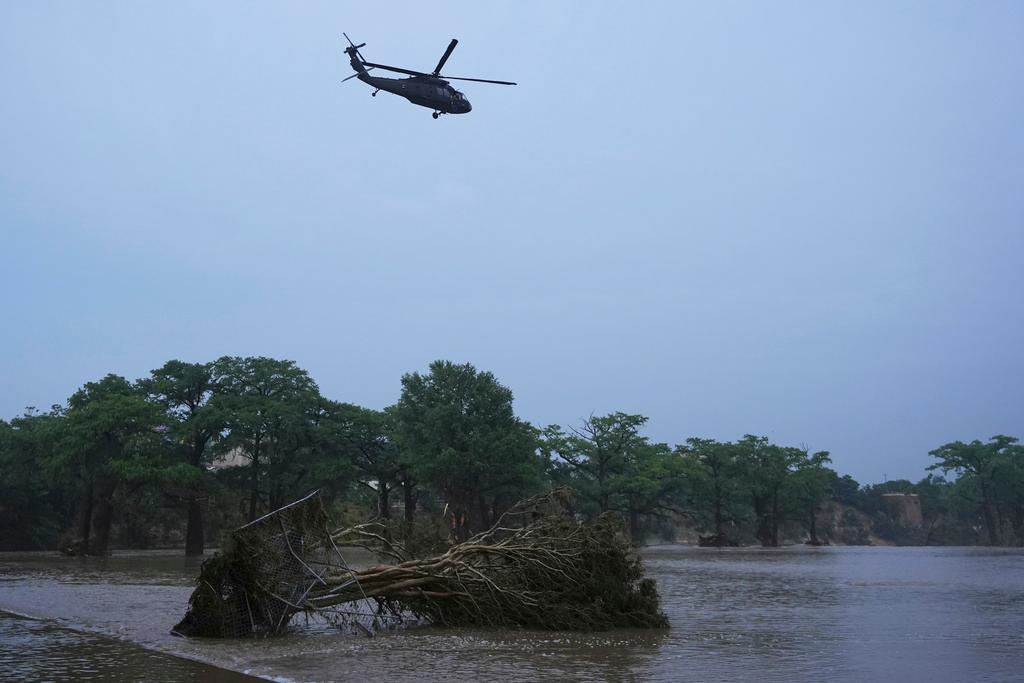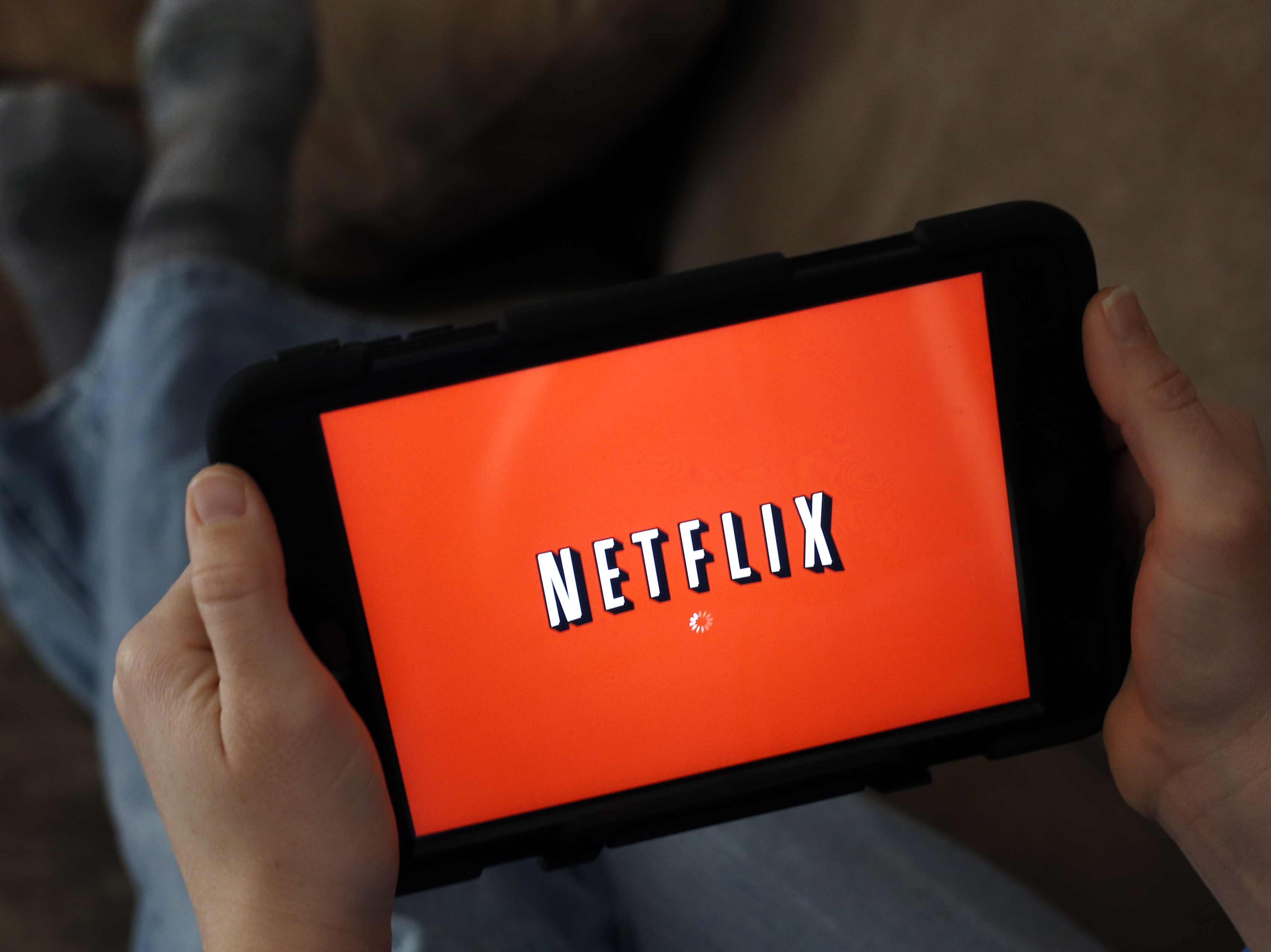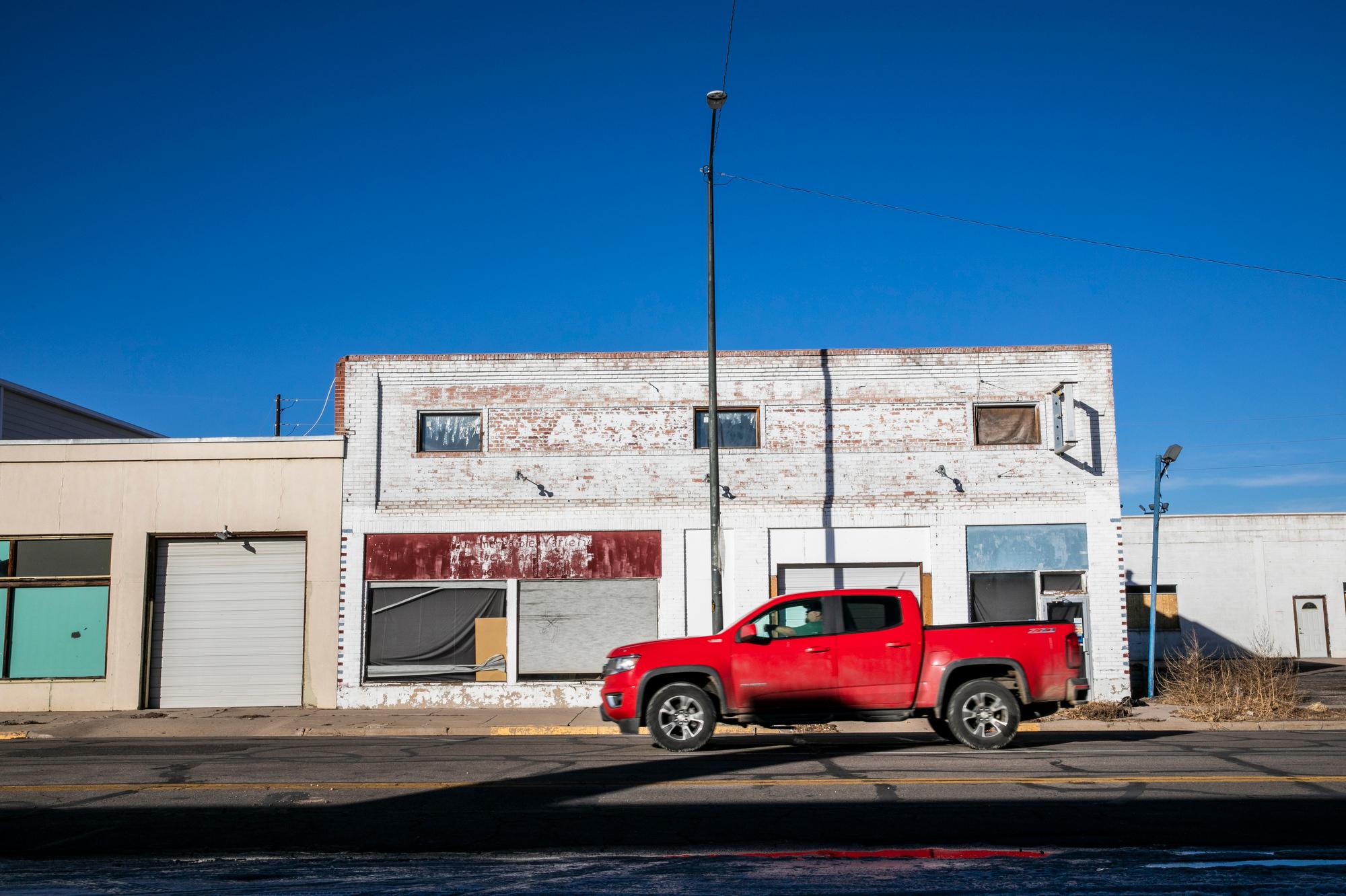
The $1.9 trillion coronavirus relief package known as the American Rescue Plan will send approximately $4 billion in direct aid to Colorado and $2 billion to county and local governments.
It's the end result of an almost year-long fight in Congress over whether the federal government should do more to help state and local governments during the pandemic.
But now that the money is poised to flow, the tough work really begins: figuring out where and how to use it.
San Miguel County Commissioner Hilary Cooper said that during most of the pandemic, everyone has been in “full-on emergency response mode.”
Now that there is a light at the end of the tunnel, local leaders are starting to think about what they need in order to recover and how they can prepare for another event like this.
“The rest of us who aren't directly managing the pandemic can take a step back and really look at the gaps that have been exposed and immediately address those,” she said.
The political fight in the nation’s Capitol over another round of state and local aid was closely watched by leaders on the ground in Colorado.
While Republicans in Washington described the idea as “a blue state bailout,” local leaders like Cooper said it was a struggle to get through with the money they had available, all while trying to patch the gaps they found in public health and safety, education and aid to small businesses.
For rural Colorado, COVID aid means a chance to think big
To the east of San Miguel, in Hinsdale County, Commissioner Greg Levine thinks his county will get more money this time than from last year's CARES Act, and he's thankful for that.
“It’s huge. I can’t even express the positive impact it will have on our county,” he said.
His remote mountain county is the least populous in the state — with a lot more land than people. Tax rolls tend to be low, so this funding gives them a chance to think big.
“This is a once-in-a-lifetime opportunity, perhaps, and so we’re looking at big ideas that we can’t achieve on our own without this,” Levine said.
Some ideas Hinsdale is considering include a new Sheriff's office, expanding broadband or fixing failing infrastructure. While none of those ideas seem directly related to the impacts of the coronavirus, Levine said strengthening those resources has become more important over the past year, especially as people have retreated to mountain communities during the pandemic.
None of the ideas Hinsdale County is considering are shovel-ready, but that’s OK under the rules of the Rescue Plan. Local governments will get half the money this year and half the next.
Investing the money responsibly for the long-term is a priority
State and local leaders met virtually over the last several weeks — as part of a Build Back Stronger listening tour — to talk about how to best invest and leverage the state and local dollars. The goal is to get the biggest bang for all these bucks.
Across the state, some ideas came up over and over — broadband, transportation, infrastructure, mental health, fire mitigation, education and more. Some are needs exacerbated by the last year. Others, like wildfire mitigation, were put off during the height of the pandemic.
Fremont County Commissioner Debbie Bell said her county is going to focus their share of funds on pandemic-related spending as much as possible. It’s a growing list, from HVAC upgrades to improve air circulation in county offices to a testing contract and an ultraviolet device that can sanitize jail cells. It goes on and on. But Bell does worry about the total price tag for the American Rescue Plan.
“It frightens me to think what this means for the future, for our children, for our grandchildren, for our great-grandchildren,” she said. “In the end, they're the ones who are going to end up having to pay and pay and pay and pay.”
There are some guardrails in place so this aid money doesn’t become just a cash windfall for any local government or state, though.
Kevin Bommer with the Colorado Municipal League said the money localities get can’t be more than 75 percent of their pre-pandemic budget. Using the money responsibly is a theme all elected lawmakers have touched on, including Colorado Gov. Jared Polis during the listening tour.
“With this unprecedented opportunity to really transform our state and have a strong recovery with good jobs comes a real responsibility for our elected leadership, including me, to get it right,” he told the group at one meeting.

